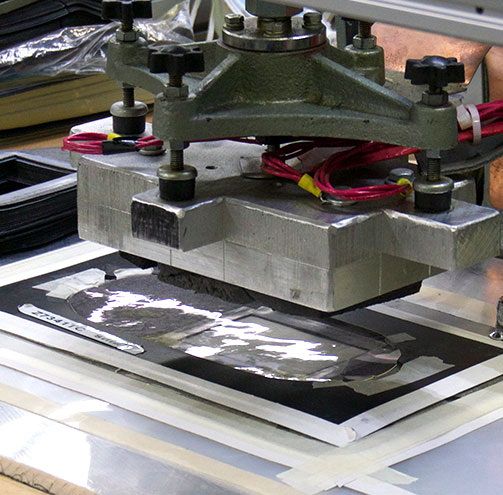RF Welding
 How does radio and high frequency welding work?
How does radio and high frequency welding work?
Radio frequency (RF) welding, high frequency (HF) welding, or dielectric welding bonds materials through the use of electromagnetic energy. With this applied energy, molecules move and release additional energy, which creates heat. The heat applied in RF and HF welding causes molecules to melt and bond. No outside heat source is needed. As a final step, pressure is applied to ensure a tight bond.
RF produces a complete and durable weld with tight seals. Materials used in RF welding include:
- PET
- PETG
- PVC (Polyvinylchloride)
- Thermoplastic polyurethanes
- Open Celled Polyurethanes
- LDPE/EVA
- PEVA
- Nylon
- Some ABS plastics
The benefits to RF welding include a shorter set time, no toxic adhesives, an airtight seal, evenly distributed stresses, which yield a longer-lasting seam, and a tighter seal on thicker materials. Also, since the heat is only produced at the weld spot, no heat-degradation of the piece occurs as in traditional welding.
